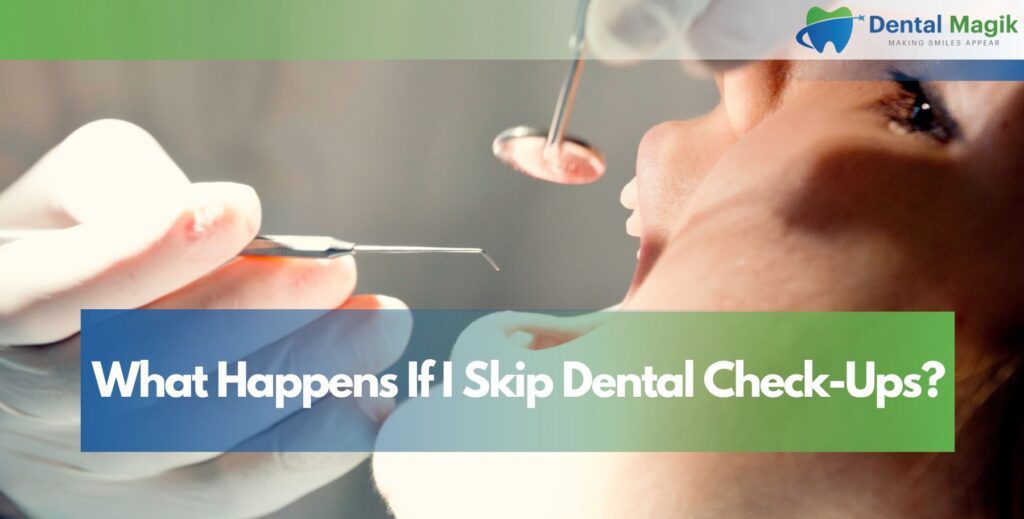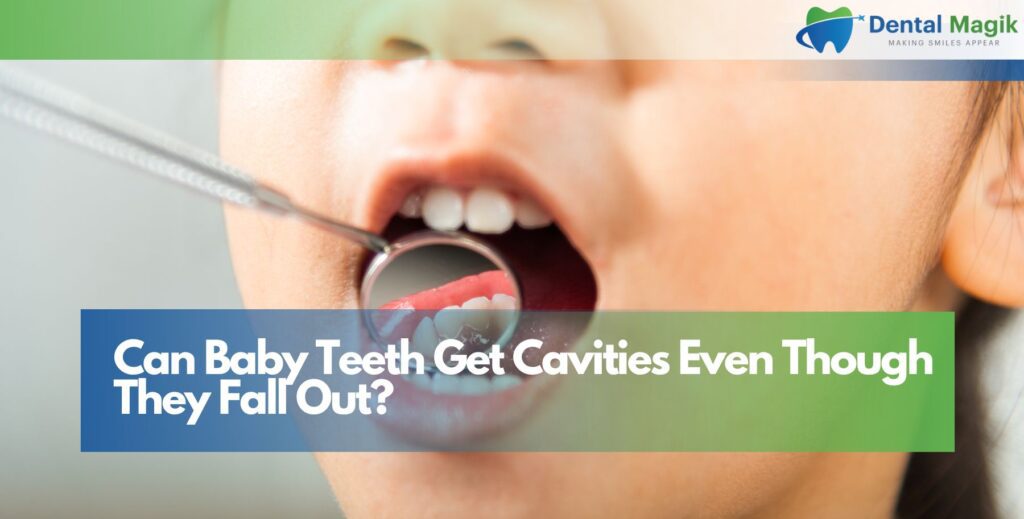Porcelain veneers have revolutionized cosmetic dentistry, offering patients a transformative solution for achieving a perfect smile. These ultra-thin shells of porcelain are meticulously crafted to cover the front surface of teeth, correcting various aesthetic concerns while maintaining a natural appearance. Understanding the porcelain veneer procedure is essential for anyone considering this popular cosmetic dental treatment.
The journey to obtaining porcelain veneers involves multiple carefully orchestrated steps, each designed to ensure optimal results and patient satisfaction. From the initial consultation to the final bonding process, every phase requires precision, expertise, and close collaboration between patient and dentist. This comprehensive guide will walk you through each stage of the porcelain veneer procedure, helping you understand what to expect throughout your smile transformation journey.
Modern porcelain veneer procedures combine advanced dental technology with artistic craftsmanship, resulting in restorations that are virtually indistinguishable from natural teeth. The process typically spans several weeks and multiple appointments, allowing for meticulous planning, preparation, and customization to achieve the desired aesthetic outcome.
Initial Consultation and Treatment Planning
The porcelain veneer procedure begins with a thorough consultation where your dentist evaluates your oral health, discusses your aesthetic goals, and determines whether veneers are the appropriate treatment option for your specific needs. During this crucial first appointment, your dentist will examine your teeth, gums, and overall oral condition to ensure you’re a suitable candidate for porcelain veneers.
Digital imaging and photography play essential roles in the consultation process. Your dentist will take detailed photographs of your smile from multiple angles, capturing your natural tooth color, shape, and alignment. These images serve as reference points throughout the treatment process and help communicate your desired outcome to the dental laboratory.
Advanced diagnostic tools such as digital impressions or traditional molds may be taken during the consultation to create accurate models of your teeth. These models allow your dentist to analyze your bite, tooth positioning, and facial symmetry to develop a comprehensive treatment plan tailored to your unique anatomy and aesthetic preferences.
Treatment planning involves discussing the number of veneers needed, the desired shade and shape of your new smile, and the timeline for completion. Your dentist will explain the entire procedure, including preparation requirements, temporary veneers, and post-treatment care. This is also when financial arrangements are typically finalized, including payment options and insurance considerations.
Learn More: Dental Veneers in East Brunswick, NJ
Tooth Preparation Phase
Once you’ve committed to the porcelain veneer procedure, the tooth preparation phase begins. This critical step involves reshaping your natural teeth to accommodate the thin porcelain shells while maintaining optimal function and appearance. The preparation process requires remarkable precision to ensure proper veneer fit and longevity.
Local anesthesia is typically administered to ensure your comfort during tooth preparation. Your dentist will carefully remove a small amount of enamel from the front surface of each tooth receiving a veneer, usually about 0.5 to 0.7 millimeters. This conservative approach preserves as much natural tooth structure as possible while creating adequate space for the porcelain veneer.
The preparation process involves using specialized dental instruments to create the ideal surface texture and contour for veneer bonding. Your dentist will carefully shape each tooth, ensuring proper margins and smooth transitions between the prepared tooth and surrounding gum tissue. Attention to detail during this phase directly impacts the final aesthetic result and the longevity of your veneers.
After preparation is complete, precise impressions of your prepared teeth are taken using either traditional impression materials or advanced digital scanning technology. These impressions capture every detail of your prepared teeth and serve as the blueprint for creating your custom porcelain veneers in the dental laboratory.
Temporary Veneer Placement
Following tooth preparation, temporary veneers are typically placed to protect your prepared teeth and maintain your appearance while your permanent porcelain veneers are being fabricated. These temporary restorations serve multiple important functions during the waiting period between preparation and final veneer placement.
Temporary veneers are usually made from composite resin material and are designed to provide basic protection and aesthetic coverage for your prepared teeth. While they don’t possess the strength or natural appearance of porcelain veneers, temporary veneers allow you to function normally and maintain confidence in your smile during the fabrication period.
Your dentist will carefully adjust the temporary veneers to ensure proper fit, bite alignment, and comfort. These adjustments are crucial for preventing damage to the prepared teeth and maintaining proper oral function. You’ll receive specific instructions for caring for your temporary veneers, including dietary restrictions and oral hygiene modifications.
The temporary veneer period typically lasts one to three weeks, depending on the complexity of your case and the dental laboratory’s schedule. During this time, it’s important to avoid hard or sticky foods that could dislodge the temporary restorations and to maintain excellent oral hygiene to prevent complications.
Laboratory Fabrication Process
While you’re wearing temporary veneers, skilled dental technicians work meticulously to create your custom porcelain veneers in a specialized dental laboratory. This fabrication process combines advanced technology with traditional craftsmanship to produce restorations that perfectly match your desired specifications.
The fabrication process begins with creating a precise working model from your impressions. This model serves as the foundation for building your veneers and allows technicians to evaluate fit, contour, and bite relationships throughout the creation process. Modern laboratories often use digital technology to enhance accuracy and efficiency in this phase.
Porcelain veneer fabrication involves layering different shades and translucencies of porcelain to replicate the natural complexity of tooth enamel. Skilled ceramists carefully build each veneer, paying attention to subtle details such as surface texture, light reflection, and color gradations that contribute to a natural appearance.
Quality control measures throughout the fabrication process ensure that each veneer meets strict standards for fit, function, and aesthetics. The completed veneers undergo thorough inspection and testing before being sent back to your dentist for final placement. This attention to detail during fabrication is crucial for achieving optimal results and patient satisfaction.
Final Bonding and Placement
The final appointment for your porcelain veneer procedure involves the careful removal of temporary veneers and the permanent bonding of your custom porcelain restorations. This critical phase requires precision and expertise to ensure proper fit, optimal aesthetics, and long-term success of your new smile.
Your dentist begins by gently removing the temporary veneers and thoroughly cleaning the prepared tooth surfaces. The porcelain veneers are then carefully evaluated for fit, color match, and overall appearance before the bonding process begins. Minor adjustments may be made at this stage to ensure perfect integration with your natural teeth.
The bonding process involves treating both the porcelain veneer surface and the prepared tooth with special chemical agents that enhance the bond strength between the materials. A light-cured resin cement is applied to secure each veneer permanently to your tooth. This adhesive bond creates a strong, durable connection that can last for many years with proper care.
After all veneers are bonded in place, your dentist will make final adjustments to ensure proper bite alignment and smooth transitions between the veneers and your natural teeth. The surfaces are polished to achieve optimal smoothness and luster, completing the transformation of your smile.
Post-Placement Care and Adjustments
Following the placement of your porcelain veneers, your dentist will provide comprehensive instructions for post-treatment care and maintenance. Proper care during the initial healing period is crucial for ensuring the long-term success of your veneers and maintaining optimal oral health.
Immediately after veneer placement, you may experience some sensitivity to temperature changes or pressure. This sensitivity is typically mild and temporary, resolving within a few days as your teeth adjust to the new restorations. Your dentist may recommend using a desensitizing toothpaste or provide other measures to minimize discomfort.
Initial dietary restrictions may be recommended to allow the bonding cement to fully cure and to prevent damage to your new veneers. Avoiding extremely hard or sticky foods for the first few days helps ensure proper healing and reduces the risk of veneer damage during the critical initial period.
A follow-up appointment is typically scheduled within one to two weeks after veneer placement to evaluate healing, address any concerns, and make minor adjustments if necessary. This appointment allows your dentist to ensure that your bite is properly balanced and that you’re completely satisfied with the results.
Long-Term Maintenance and Care
Successful porcelain veneer treatment extends far beyond the placement procedure, requiring ongoing commitment to proper oral hygiene and regular dental care. Understanding the long-term maintenance requirements is essential for preserving your investment and enjoying your beautiful smile for years to come.
Daily oral hygiene for porcelain veneers involves gentle brushing with a soft-bristled toothbrush and non-abrasive toothpaste. Flossing remains crucial for preventing gum disease and maintaining the health of the gum tissue around your veneers. Your dentist may recommend specific oral care products designed for patients with porcelain restorations.
Regular dental checkups and professional cleanings are essential for monitoring the condition of your veneers and maintaining optimal oral health. Your dentist will evaluate the integrity of the veneers, check for signs of wear or damage, and address any issues before they become more serious problems.
Lifestyle modifications may be necessary to protect your porcelain veneers from damage. Avoiding habits such as nail biting, ice chewing, or using teeth as tools helps prevent chips or fractures. If you grind your teeth at night, a custom night guard may be recommended to protect your veneers from excessive wear.
Potential Complications and Solutions
While porcelain veneer procedures have high success rates, understanding potential complications and their solutions helps ensure optimal outcomes and patient satisfaction. Being aware of possible issues allows for prompt recognition and appropriate treatment if problems arise.
Veneer debonding, though rare, can occur if the bonding fails or if excessive force is applied to the restoration. If a veneer becomes loose or falls off, it’s important to contact your dentist immediately for rebonding. Keeping the veneer safe and avoiding chewing on the affected tooth helps prevent further complications.
Chipping or fracturing of porcelain veneers can occur from trauma or excessive force. Small chips may be repairable with composite resin, while larger fractures typically require veneer replacement. Avoiding hard foods and protecting your teeth during sports activities helps minimize the risk of veneer damage.
Color changes or staining around veneer margins may occur over time, particularly if oral hygiene is inadequate. Regular professional cleanings and proper home care help prevent these issues. In some cases, margin refinishing or veneer replacement may be necessary to maintain optimal aesthetics.
Conclusion
The porcelain veneer procedure represents a sophisticated blend of dental science and artistic craftsmanship, offering patients a reliable path to achieving their ideal smile. From the initial consultation through long-term maintenance, each step of the process requires careful attention to detail and close collaboration between patient and dentist.
Success with porcelain veneers depends on proper case selection, meticulous treatment planning, skilled execution, and ongoing commitment to maintenance. When performed by an experienced Dentist in East Brunswick, NJ, using high-quality materials and techniques, porcelain veneers can provide beautiful, long-lasting results that transform both smiles and lives.
Understanding the comprehensive nature of the porcelain veneer procedure helps patients make informed decisions about their dental care and sets appropriate expectations for the treatment process. With proper care and maintenance, porcelain veneers can provide decades of beautiful, confident smiles, making them one of the most rewarding investments in cosmetic dentistry available today.







